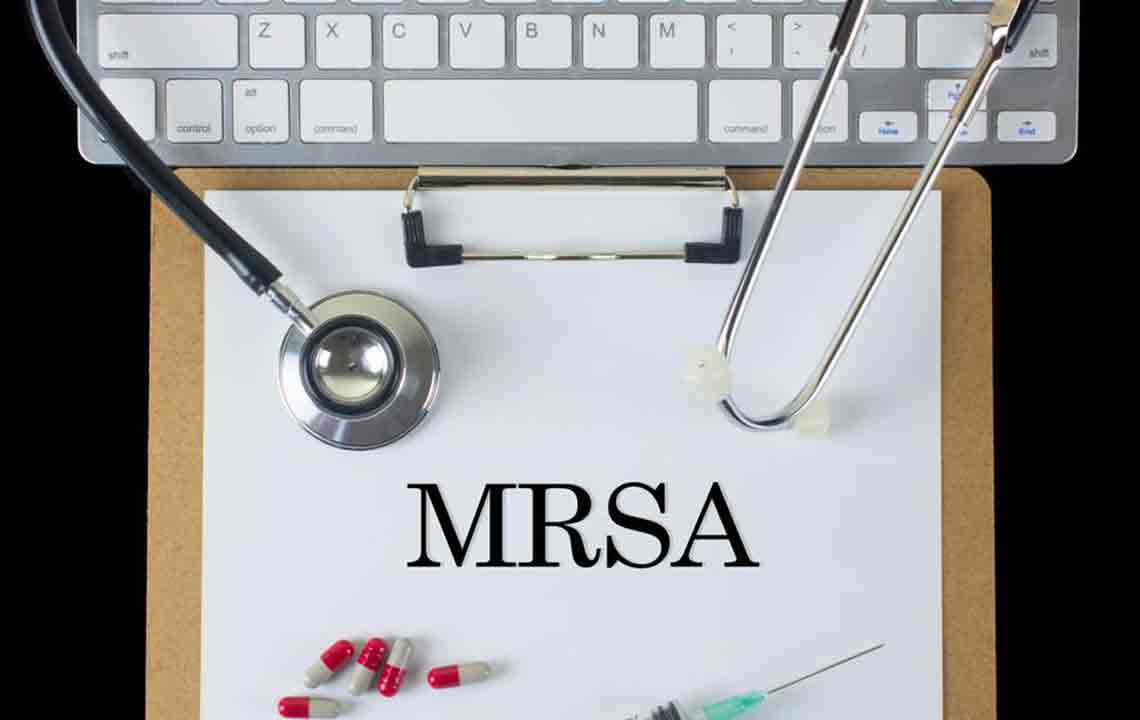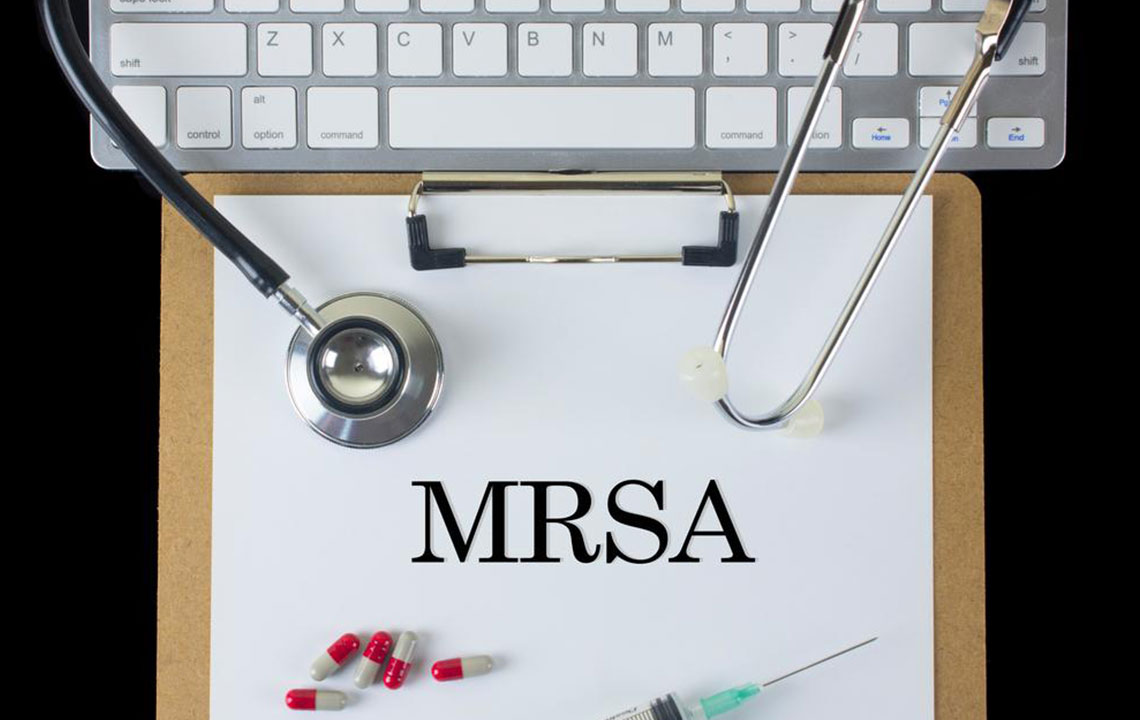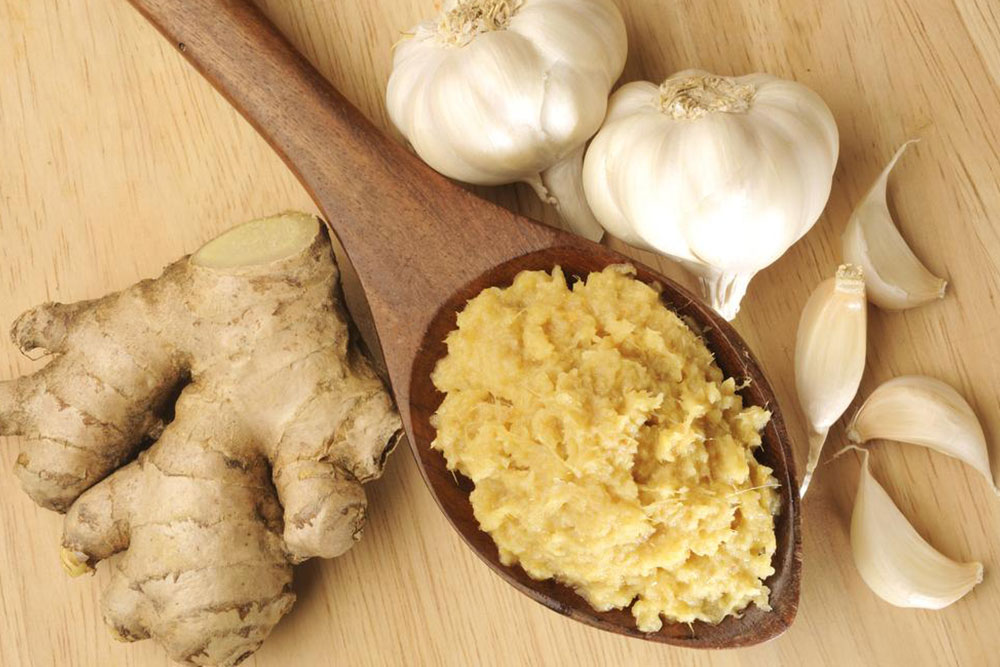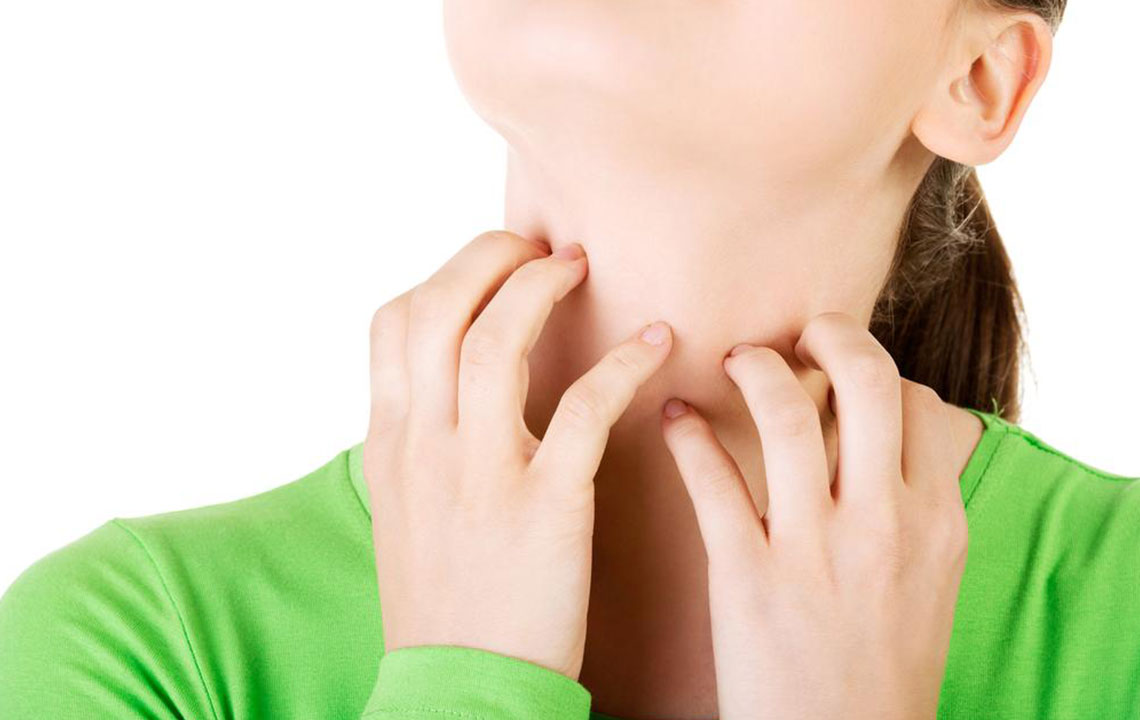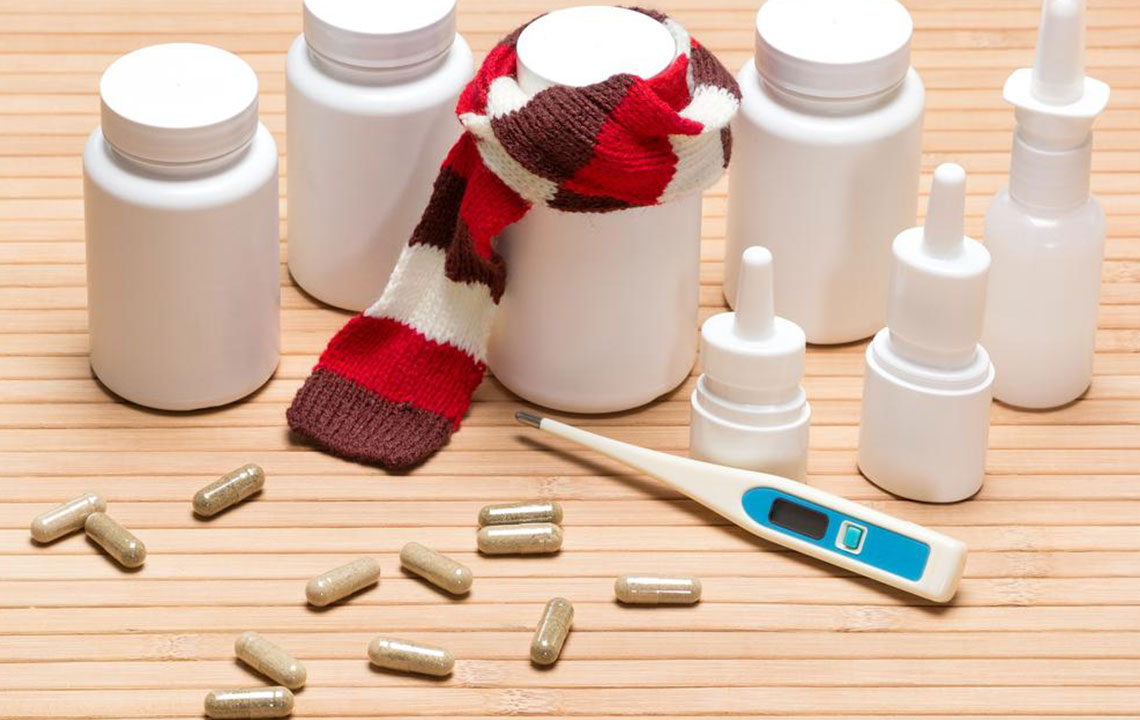Comprehensive Guide to Understanding and Managing MRSA Infections
This comprehensive guide explores MRSA infections, emphasizing their nature, symptoms, and effective management strategies. It details how MRSA resists antibiotics, highlights prevention methods including hygiene and immunity boosting, and discusses treatment options from medical interventions to natural remedies. With insights into both healthcare and community-associated infections, the article aims to educate readers on controlling and managing MRSA efficiently, ultimately reducing health risks linked to this resistant bacteria.
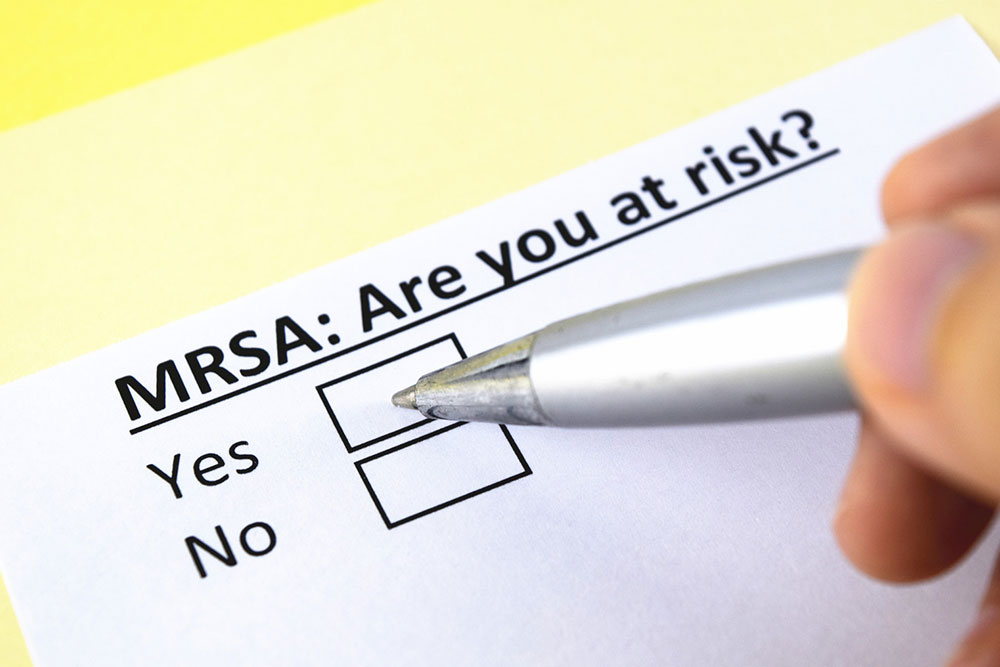
Comprehensive Guide to Understanding and Managing MRSA Infections
MRSA, or Methicillin-Resistant Staphylococcus aureus, is a formidable bacterial pathogen that has gained significant notoriety in recent years due to its ability to withstand many traditional antibiotics. This resistance makes infections caused by MRSA particularly challenging to treat and manage. The bacteria often manifest as painful skin infections but can escalate into more severe complications if they invade the bloodstream or other internal organs. Early detection, appropriate treatment, and effective prevention strategies are critical in controlling MRSA infections and minimizing health risks associated with this resistant bacterium.
What Exactly Is MRSA?
Staphylococcus aureus is a common bacterium that naturally resides on the skin and within the respiratory tract of many healthy individuals. While it is typically harmless, certain strains have evolved resistance to antibiotics traditionally used to treat bacterial infections. MRSA, standing for Methicillin-Resistant Staphylococcus aureus, represents such a resistant strain. Its ability to evade antibiotics makes it a major concern in healthcare settings and community environments alike.
MRSA infections are categorized into two primary types: Healthcare-Associated MRSA (HA-MRSA) and Community-Acquired MRSA (CA-MRSA). HA-MRSA typically affects hospitalized or healthcare patients, especially those with invasive devices or compromised immune systems. Conversely, CA-MRSA spreads easily through skin contact among otherwise healthy individuals in community settings such as gyms, schools, and sports facilities. Both forms pose health threats but require different prevention and management approaches.
MRSA can infect anyone, especially if they have cuts, abrasions, or compromised skin integrity. The initial signs of infection usually include redness, swelling, warmth, and the appearance of painful bumps or boils that may discharge pus or other fluids. Such infections are often localized but can progress rapidly if untreated. Healthcare professionals classify MRSA infections into skin and soft tissue infections, bloodstream infections, pneumonia, and other severe conditions.
Although many people carry Staphylococcus aureus—including MRSA—without showing symptoms, these carriers can still transmit the bacteria to others. Carriage does not necessarily mean illness; however, in cases where the immune system is weakened or wounds are present, MRSA can cause significant health issues, such as abscesses, cellulitis, or even sepsis if it enters the bloodstream.
Symptoms of MRSA infections vary depending on the site and severity but generally include painful, swollen skin lesions, redness, fever, fatigue, and in some instances, tenderness and warmth around the infection site. More severe signs may include chest pain, breathing difficulty, or systemic symptoms indicating spreading infection. Recognizing these signs early is crucial for prompt treatment and better outcomes.
Effective Treatment Options for MRSA
When you suspect an MRSA infection, it is imperative to seek medical attention immediately. Healthcare providers typically perform a thorough clinical examination, coupled with laboratory tests such as skin swabs and cultures, to confirm the diagnosis. In some cases, blood tests or imaging might be necessary to assess the extent of the infection.
Once diagnosed, treatment strategies focus on draining abscesses if present, cleaning and disinfecting the infected area, and administering appropriate antibiotics. Since MRSA is resistant to many antibiotics, physicians prefer using specific agents like vancomycin, linezolid, or daptomycin, among others. It is vital to complete the full course of prescribed antibiotics to prevent the development of further resistance.
In addition to medication, proper wound care, hygiene practices, and sometimes surgical intervention are essential to manage and eradicate the bacteria completely. Monitoring the infection’s progression and preventing secondary infections are also critical parts of treatment.
Preventative Measures to Reduce MRSA Transmission
Prevention plays a pivotal role in controlling MRSA spread. Maintaining high hygiene standards, such as thorough handwashing with soap and water, disinfecting surfaces regularly, and keeping wounds covered and clean, can significantly reduce risk. It is advisable to avoid sharing personal items like towels, razors, or clothing that come in contact with infected skin.
Isolating infected individuals in healthcare settings prevents cross-contamination, especially if they have active wounds or drains. In public settings, practicing good hygiene and prompt wound care are key to prevention. Wearing protective gear like gloves when handling wounds or contaminated surfaces adds an extra layer of safety.
Boosting immunity through a nutritious diet, adequate sleep, and regular exercise can help the body fight off bacterial infections more effectively. Avoiding unnecessary antibiotic use is crucial in preventing the development of resistant strains like MRSA. Always follow healthcare professionals’ guidance regarding infection control and antibiotic administration.
Home Remedies and Natural Supportive Care for MRSA
While medical treatment is essential for MRSA, some supportive home remedies may alleviate symptoms and promote healing. Applying warm compresses to the affected area can help reduce swelling and facilitate pus drainage. Natural oils such as tea tree oil and oregano oil possess antimicrobial properties and may be used topically—diluted appropriately—to help combat bacteria.
Coconut oil, known for its antimicrobial and healing properties, can be applied to soothe irritated skin. Aloe vera gel provides natural soothing, reduces inflammation, and supports tissue repair. Incorporating anti-inflammatory and antimicrobial foods like turmeric into your diet may also bolster immune responses and aid recovery.
Maintaining a balanced, nutrient-rich diet, staying well-hydrated, and avoiding excessive antibiotic use are important for overall health and immune resilience. Always consult healthcare providers before trying home remedies or natural therapies, especially for severe infections.
Each year, approximately 1.2 million individuals worldwide are affected by MRSA infections. With heightened awareness, proper hygiene, early diagnosis, and appropriate medical intervention, most cases can be effectively managed. Remember, prompt medical attention and adherence to treatment protocols are vital for successful recovery and preventing escalations.
